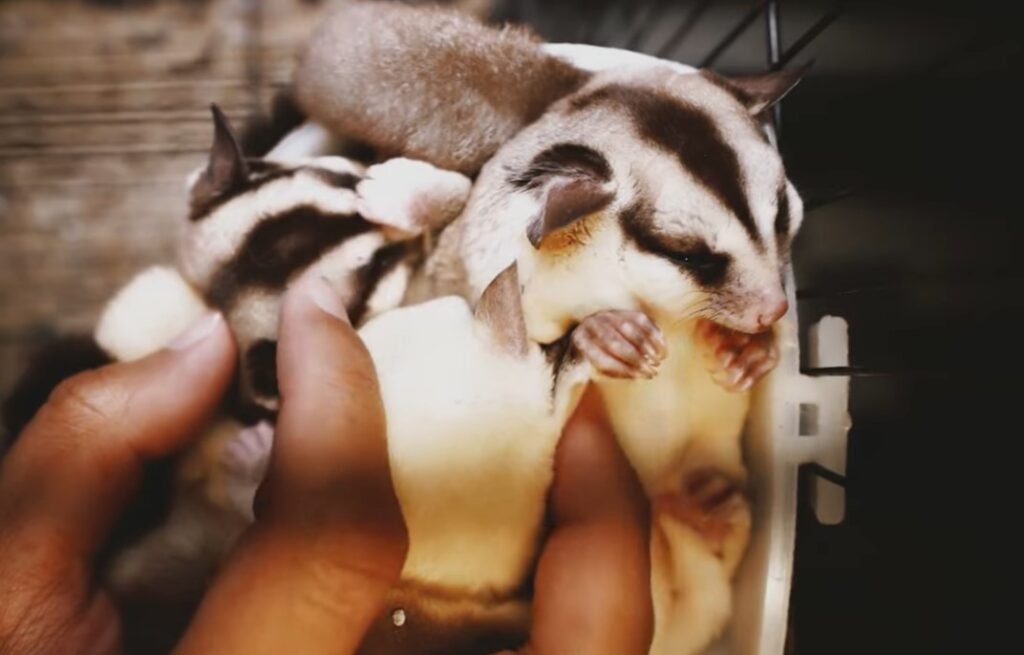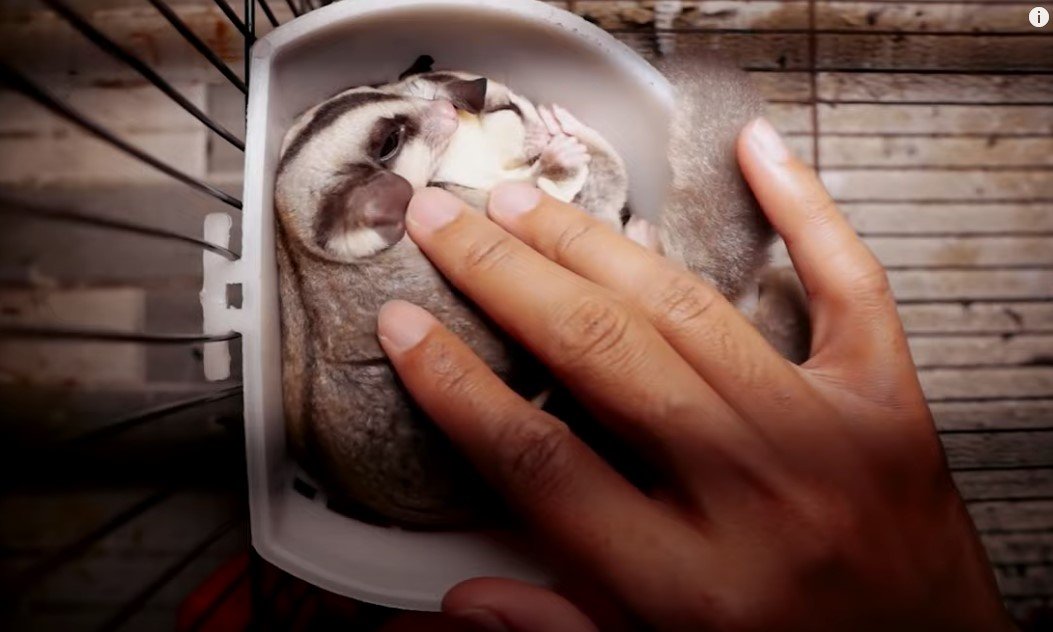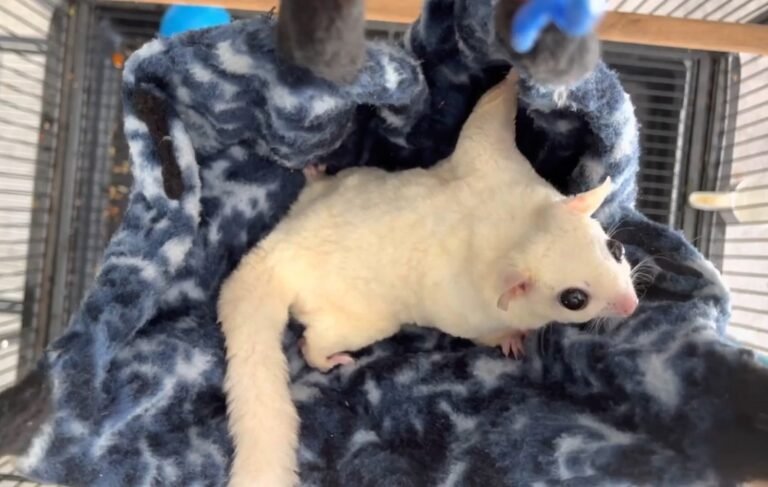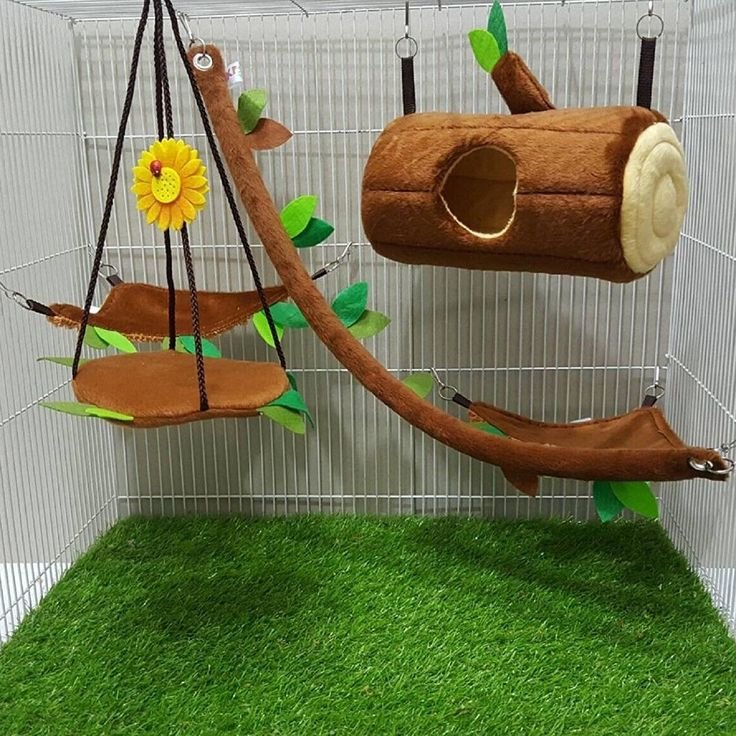When Are Sugar Gliders Full Grown
When are Sugar Gliders Full Grown?
If you’re considering getting a sugar glider as a pet, it’s important to understand how these adorable creatures grow and develop. One of the questions that often comes up is, “when are sugar gliders full grown?” In this article, we’ll explore the growth stages of sugar gliders and provide all the information you need to know about their maturation process.
Understanding Sugar Glider Growth Stages
Sugar gliders, scientifically known as Petaurus breviceps, are small marsupials native to Australia, Indonesia, and New Guinea. Like other marsupials, such as kangaroos and koalas, sugar gliders go through a unique growth process.
Stage 1: The Joey Phase
A sugar glider’s life begins when it is born as a tiny, hairless joey. At birth, the joeys are completely dependent on their mothers. They are not fully developed and spend their early days clinging to their mother’s pouch, where they grow and develop.

During this phase, it’s important to provide the mother glider with a healthy and balanced diet to support the growth of her joeys. The joeys will nurse from their mother for around 60 to 70 days, during which they will gradually gain weight and develop fur.
Stage 2: Development and Weaning
As the joeys grow, they will start to venture out of their mother’s pouch and explore the world around them. This is an exciting time as they begin to develop their own personality and learn important life skills. At this stage, they are still dependent on their mother’s milk, but they will also start trying solid foods.
It is recommended to introduce a variety of fruits, vegetables, and protein sources to the joeys’ diet during the weaning process. This helps them transition from milk to solid foods and ensures they receive the necessary nutrients for their growth and development.
Stage 3: Adolescence
Once the joeys are fully weaned and independent, they enter the adolescent phase. This usually occurs around 12 to 16 weeks of age. During this time, sugar gliders experience rapid growth and maturation.
Adolescent sugar gliders will continue to explore their environment, build social bonds with their owners and cage mates, and develop their flying skills. They are full of energy and curiosity, constantly seeking new experiences and adventures. It’s important to provide them with a large, secure enclosure to allow for plenty of physical activity.
Stage 4: Adulthood and Maturity
Around 6 to 12 months of age, sugar gliders are considered adults. At this point, they have reached their full-grown size and weight. However, it’s important to note that the exact age of maturity can vary among individuals.
Adult sugar gliders are typically around 5 to 7 inches long, excluding their tail, which adds an additional 6 to 8 inches. They weigh between 3.5 to 6 ounces, with males usually being slightly larger than females. Their fur is fully developed, and they have acquired all the necessary skills for survival.
Factors Affecting Growth Rate
While there is a general timeline for sugar glider growth, it’s important to note that individual gliders may vary. Factors such as genetics, diet, and overall health can influence the growth rate of sugar gliders. Providing a nutritious and well-balanced diet, plenty of mental and physical stimulation, and regular veterinary check-ups are essential for their optimal growth and development.
Frequently Asked Questions
1. Can sugar gliders continue to grow after reaching maturity?
Sugar gliders are considered to be fully grown once they reach adulthood. However, their weight may fluctuate slightly depending on factors such as diet, exercise, and overall health.
2. How can I determine if my sugar glider has reached full maturity?
You can assess the maturity of a sugar glider by considering factors such as size, weight, and physical appearance. Once a sugar glider has reached its full-grown size and has a fully developed coat, it is likely to be mature.
3. Can sugar gliders be trained during their growth stages?
Yes, sugar gliders can be trained at any stage of their development. It’s important to start training them from a young age to establish good behaviors and a strong bond with their owners.
4. Are there any dietary considerations during the growth stages?
During the growth stages, it’s crucial to provide sugar gliders with a balanced diet that includes a variety of fresh fruits, vegetables, and proteins. Consult with a veterinarian or an experienced sugar glider owner for specific dietary recommendations.
Final Thoughts
Understanding the growth stages of sugar gliders is essential for their overall well-being and care. Knowing when sugar gliders are full grown allows you to provide the right environment, diet, and enrichment activities to ensure their optimal development. By giving them the attention and care they need, you can enjoy a fulfilling and lifelong relationship with these fascinating marsupials.







